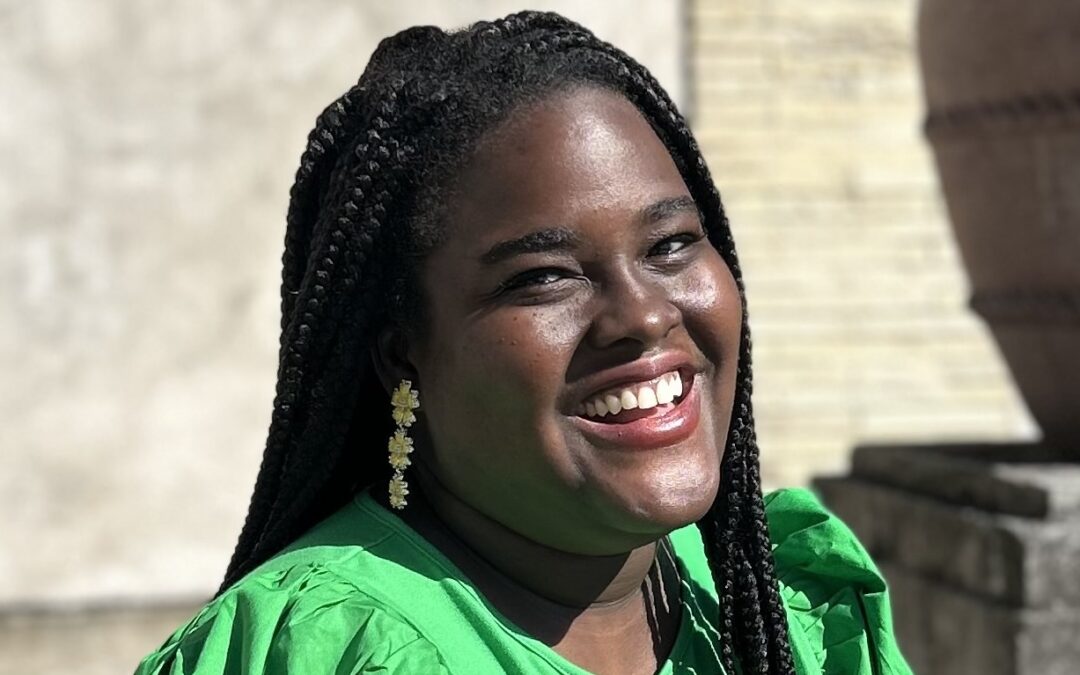
by Michele Kirichanskaya | Feb 12, 2025 | Blog
Kamilah Cole is a national bestselling, Dragon Award-nominated Jamaican-American author. She worked as a writer and entertainment editor at Bustle for four years, and her nonfiction has appeared in Marie Claire and Seventeen. A graduate of New York University, Kamilah...
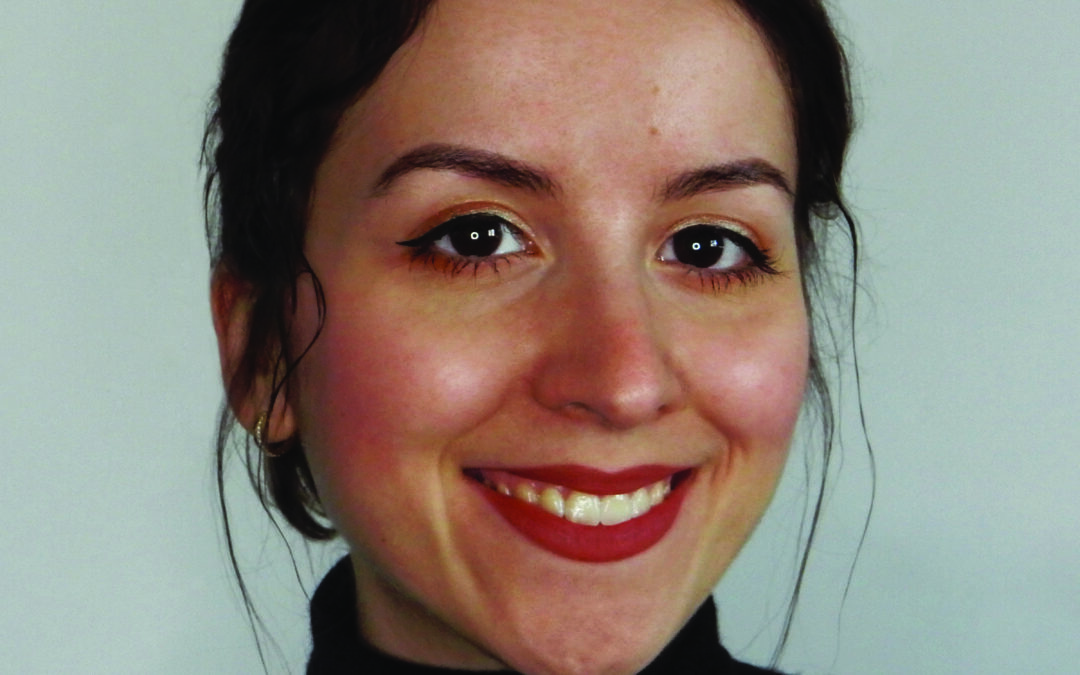
by Michele Kirichanskaya | Feb 7, 2025 | Blog
CASSANDRA CALIN is a cartoonist and humorist best known for her semi-autobiographical webcomic series, Cassandra Comics, in which she talks about her life with curly hair, high expectations, and other daily problems. Originally from Romania, Cassandra immigrated to...
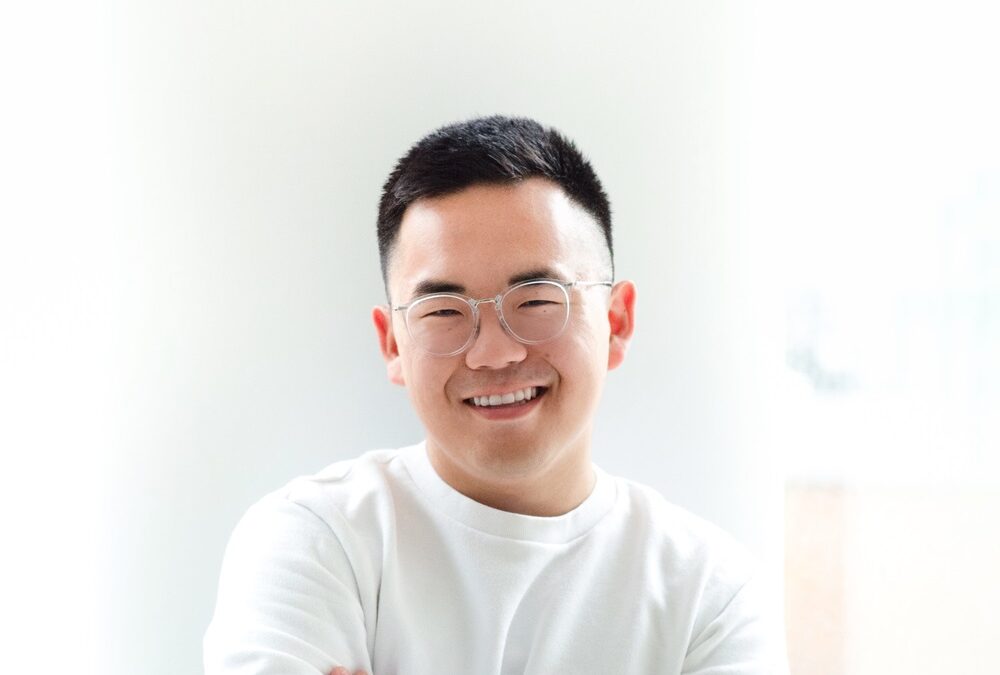
by Michele Kirichanskaya | Feb 5, 2025 | Blog
Jinwoo Chong is the author of the novel Flux, a finalist for the PEN/Hemingway and VCU Cabell First Novel awards, a New York Times Book Review Editors’ Choice, and named a best book of the year by Esquire, GQ, and Cosmopolitan. His short stories and other work have...
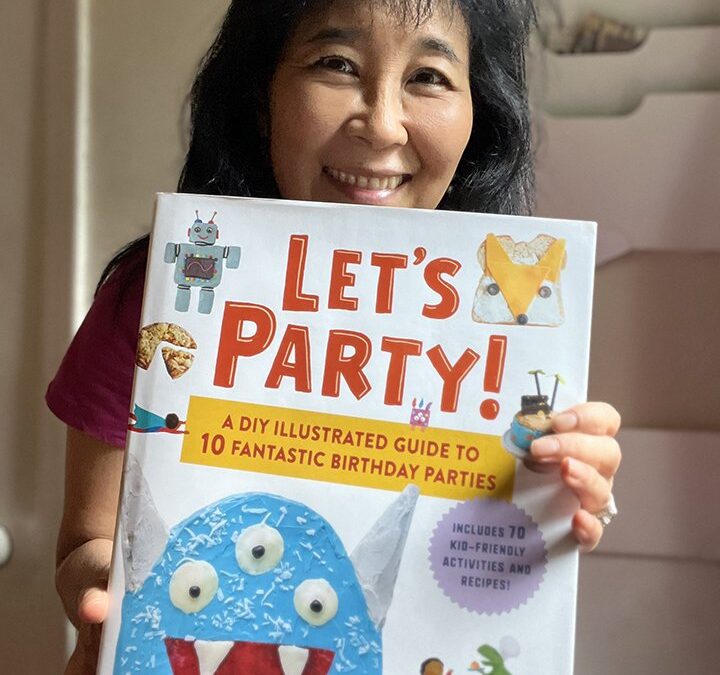
by Michele Kirichanskaya | Jan 31, 2025 | Blog, Featured
Melissa Iwai is an award-winning author/illustrator of over thirty picture books, including Soup Day, Pizza Day, Dumplings for Lili, which is a Crystal Kite Award winner and Bank Street Best Book. Her I Can Read Series, Gigi and Ojiji, is...
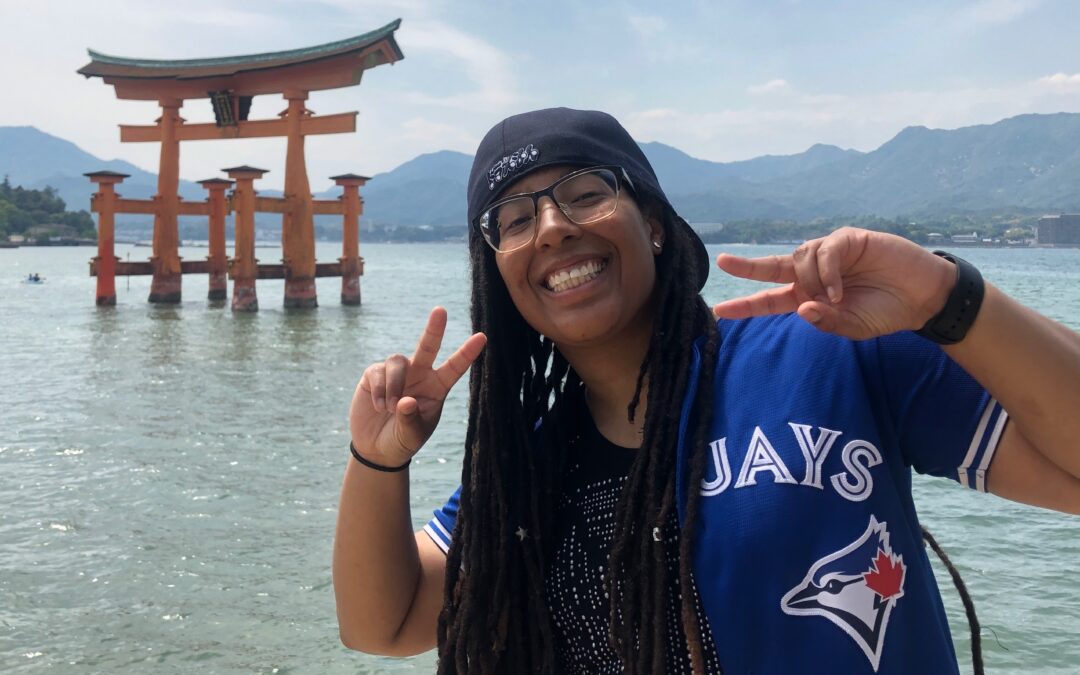
by Michele Kirichanskaya | Jan 29, 2025 | Blog
M.C. Hutson is a booktoker, author and host of A Very Sapphic Podcast. She was born and raised in Toronto, Canada. When M.C. isn’t reading, reviewing, writing or talking about gay shit on her podcast, you can find her in the kitchen replicating recipes she finds on...






